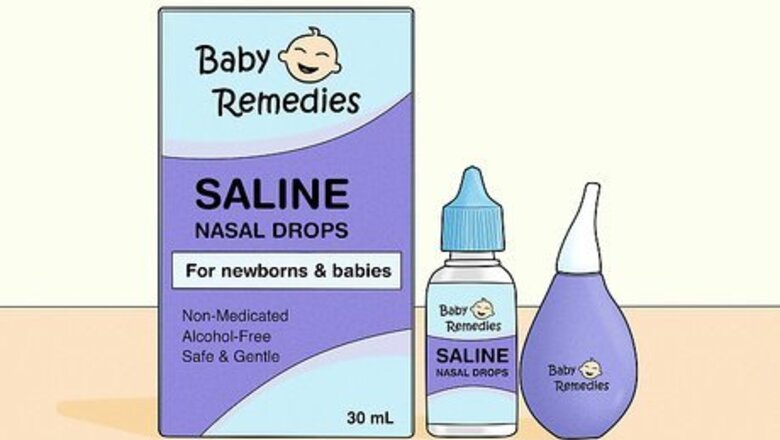
views
Buying Saline Drops and Holding Your Baby
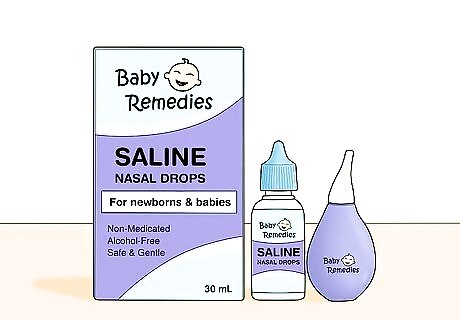
Purchase saline drops at a drug store and read the instructions. Make sure that the drops are saline only and that they don’t have any type of decongestant in them. Read the label on the back of the drops to double check the dosage before you give them to your baby. You may also use a gentle saline mister if you don’t want to use drops.Alternative: You can also make your own saline drops by mixing 2 cups (470 mL) of distilled water with 1 tsp (0.5 g) of salt and 1 tsp (0.5 g) of baking soda.
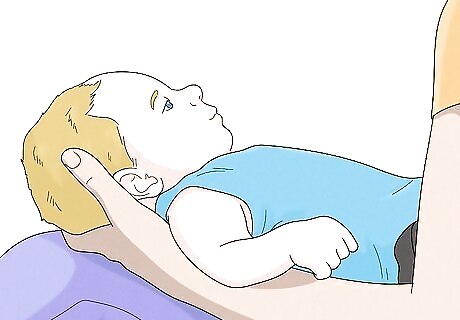
Hold your baby in a slightly reclined position in your lap. With 1 arm, cradle your baby’s head and lean them back so they’re resting at a slightly reclined position. You can use the arm of a couch to make this easier, if you’d like to. The reclined position will make it easier for the drops to run down your baby’s nose. If holding your baby like this is too difficult, you can lay them flat on their back.
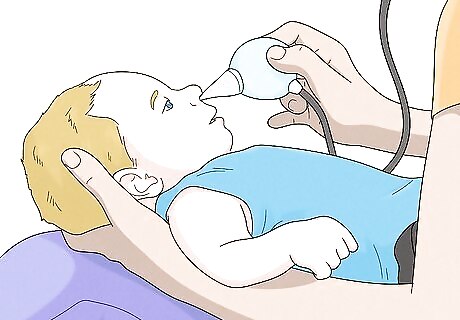
Suction out the snot if your baby’s nose is completely stuffed up. If you can’t see inside your baby’s nostrils at all, gently squeeze the air out of a bulb syringe and press it up against your baby’s nose. Suck the snot in gently, then deposit it on a napkin or paper towel. If your baby’s mucus is too thick, you may not be able to get it out. The saline drops will help with that, so don’t worry if you can’t suction anything right now.
Administering the Drops
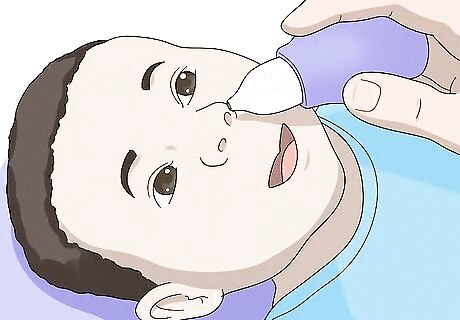
Put the dropper just past the opening of your baby’s nose. Try not to touch the sides of your baby’s nose, if you can. Stick the tip of the dropper just inside 1 nostril, and try to keep it there as you deposit the saline. You don’t need to stick the dropper back super far since the saline will drip down into your baby’s sinuses.
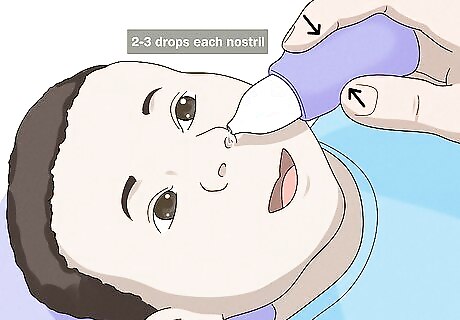
Squeeze 2 to 3 drops of saline in 1 nostril, then the other. Slowly squeeze the dropper 2 to 3 times, then move to the other nostril and do the same thing. Your baby may cough or gag at this point, but that’s normal. The sensation of the saline dripping down their throat can be uncomfortable for some babies, but it won’t hurt them.
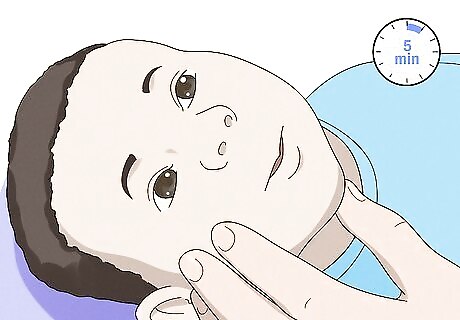
Keep your baby in the same position for 5 minutes. This will allow the saline to thin out your baby’s mucus, making it easier to suction out of their nose. Try to distract your baby by talking, singing, or making funny faces.Tip: If you need to put your baby down, lay them in a reclining booster seat or baby chair to keep them in a reclined position.
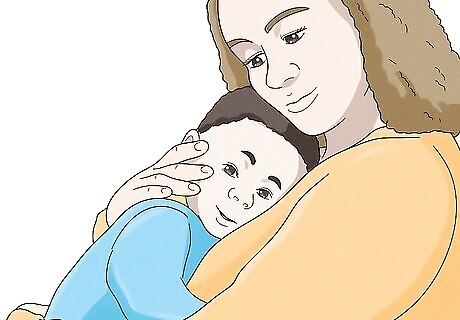
Help your baby sit up if they start to cough or gag. As the saline travels into your baby’s nose, they may cough, gag, or sneeze. If they do, quickly sit them up into an upright position until they start breathing normally again. Then, recline them back again to allow the saline to work. Saline drops won’t hurt your baby, but they can be slightly uncomfortable or tickly.
Removing the Mucus
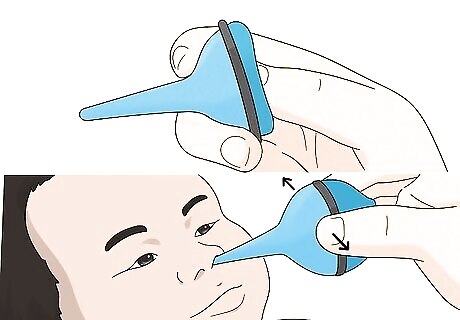
Suction the mucus out with a bulb syringe. Squeeze the air out of the bulb syringe and then press the tip of it up against the opening of your baby’s nostril. Gently release pressure on the bulb syringe to suck out the mucus, then push it out onto a paper towel. Repeat that on the other nostril to clear your baby’s airway.Warning: Avoid putting tissues, cotton swabs, or your finger up your baby’s nose to clear it out, as those can hurt your baby’s tiny nose.
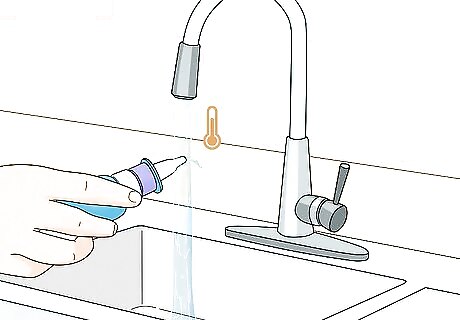
Rinse the tip of the saline dropper with warm water. You don’t need to use soap, but you should gently clean off your dropper after each use by running it under cold water. This will keep the opening clear so that you can use it effectively next time. This can also prevent your baby from becoming reinfected with their own germs.
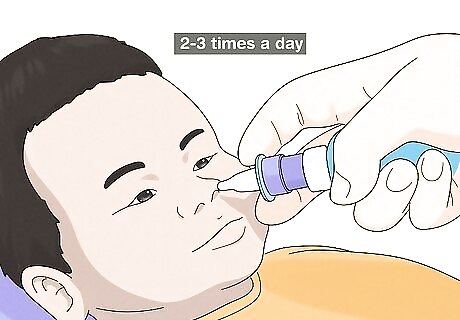
Give your baby saline drops 2 to 3 times a day. If your baby has a continuous cold or stuffy nose, you can give them saline drops a few times per day until their symptoms stop. Since saline drops don’t have any harmful ingredients, they won’t hurt your baby, even if you use them often. Saline drops are just a mixture of salt and water.




















Comments
0 comment